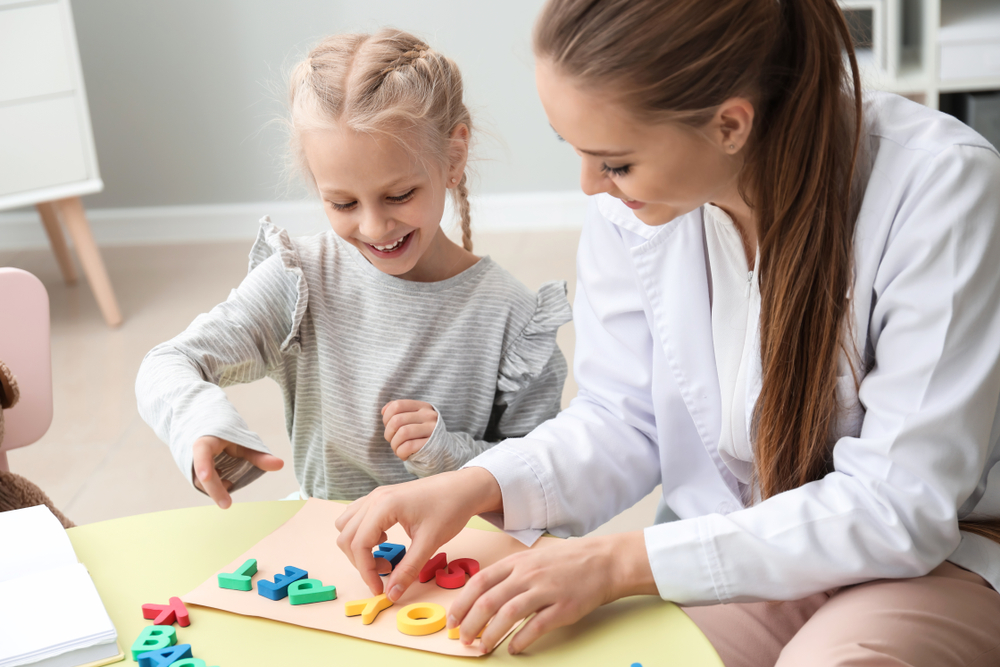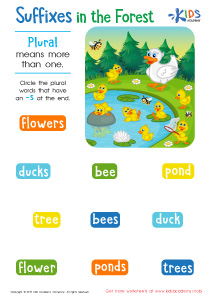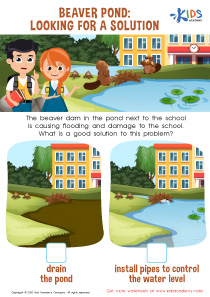Easy Connecting the Dots worksheets activities for Ages 4-6
2 filtered results
-
From - To
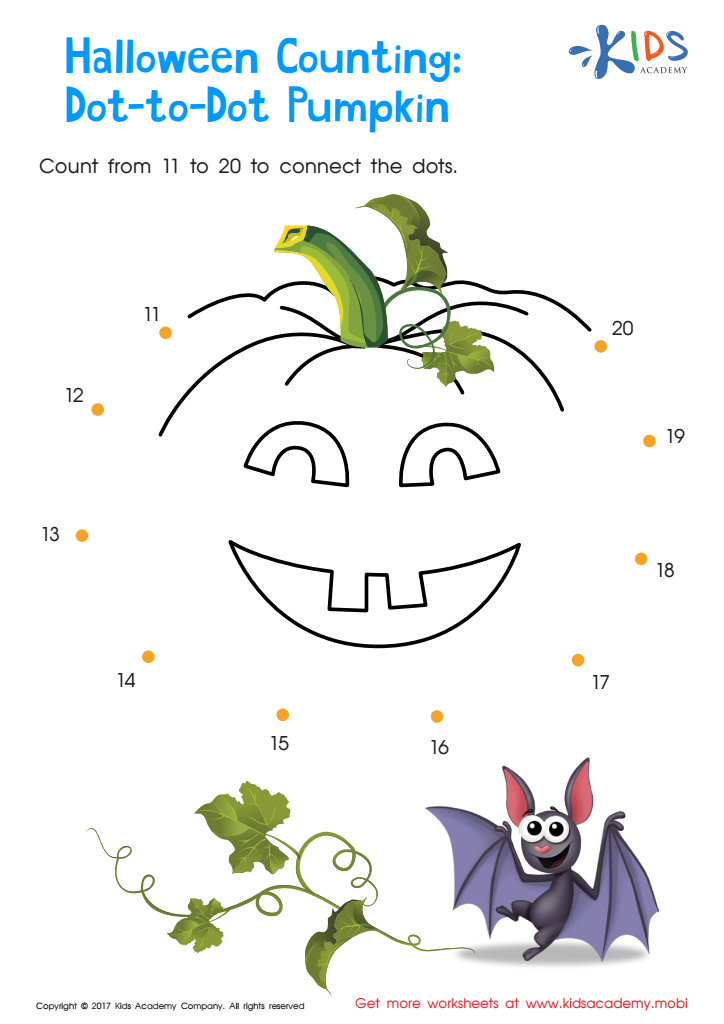

Ordering 11–20: Halloween Counting Worksheet
Easy Connecting the Dots worksheets activities hold a special place in the realm of educational tools for children. These activities, simple in concept, are powerhouses when it comes to nurturing a wide array of skills in young learners. By engaging in these exercises, children are not just connecting numbered dots to reveal a picture; they are embarking on a journey that enhances their cognitive, motor, and perceptual skills.
First and foremost, Easy Connecting the Dots worksheets serve as an excellent way to introduce children to the concept of numbers and order. As they connect one dot to the next in numerical sequence, they reinforce their understanding of number sequences and numerical order. This foundational math skill is crucial for the development of more advanced mathematical concepts later on. By engaging in this seemingly simple activity, children are laying the groundwork for future academic success.
Moreover, these activities are instrumental in developing fine motor skills. The act of drawing lines from one dot to another requires control and precision, which in turn strengthens the muscles in the hands and fingers. This is particularly beneficial for young children, preparing them for tasks that require fine motor skills, such as writing.
In addition to cognitive and motor skill development, Easy Connecting the Dots worksheets also enhance perceptual skills. Children learn to recognize patterns and shapes, which is a critical component of visual perception. This skill is not only essential for academic purposes but also for daily activities and interaction with the world around them.
Lastly, the sense of accomplishment children feel upon completing these worksheets cannot be overstated. Revealing a hidden picture provides instant gratification and boosts their confidence, encouraging them to tackle more challenging tasks with enthusiasm.
In conclusion, Easy Connecting the Dots worksheets activities are more than just a pastime. They are a multifaceted educational tool that promotes learning and development across several domains. By incorporating these activities into a child's routine, parents and educators can significantly contribute to their holistic growth.
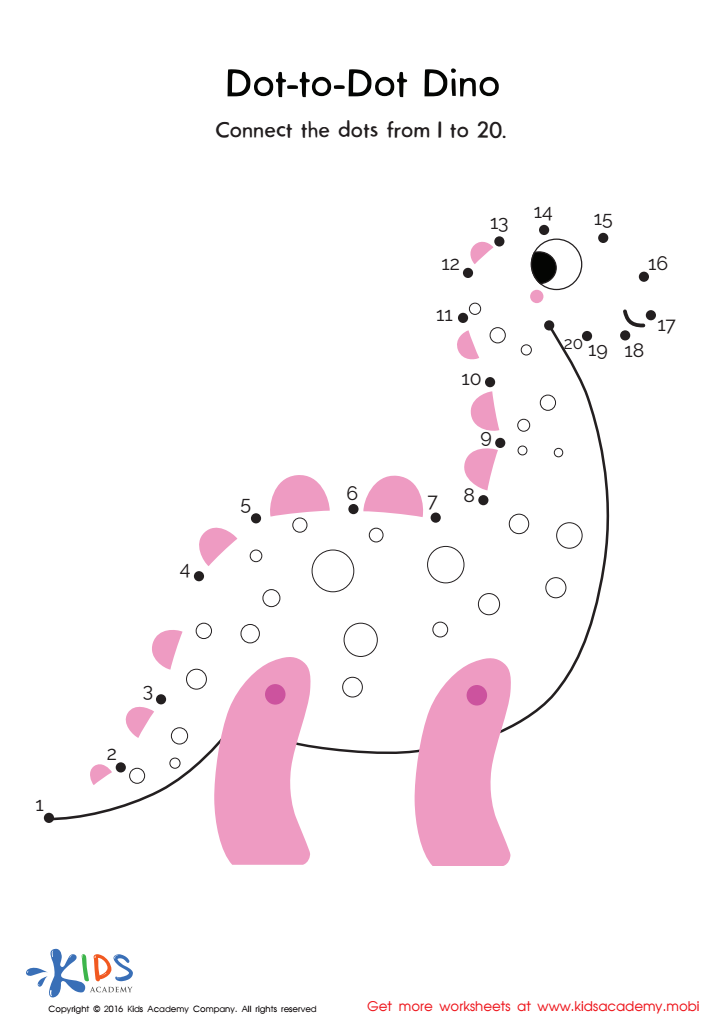
 Assign to My Students
Assign to My Students




